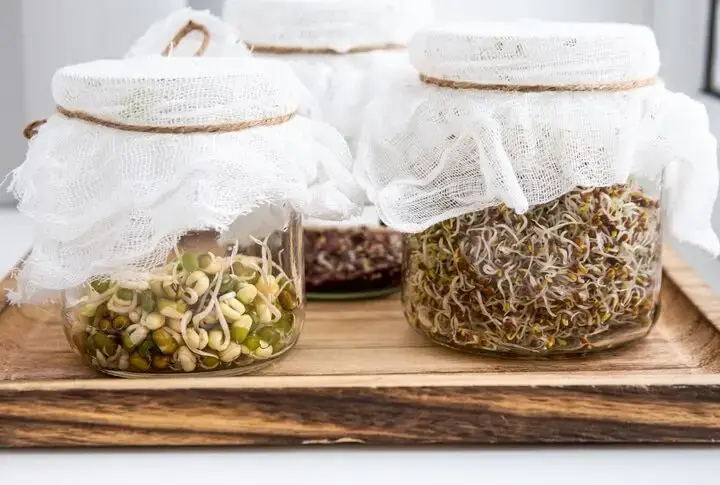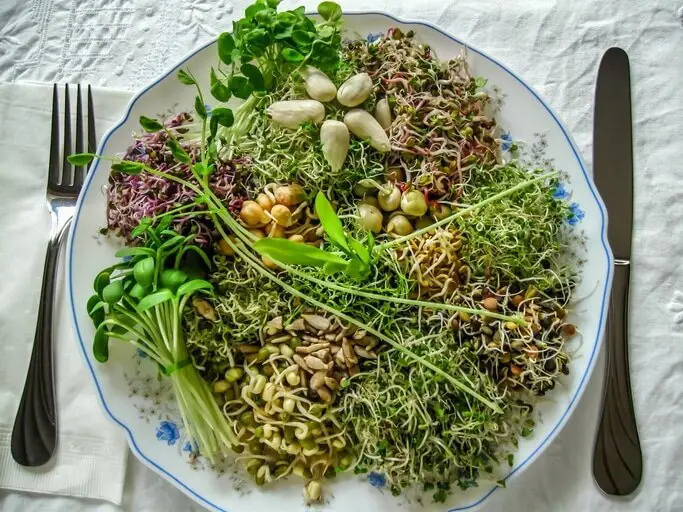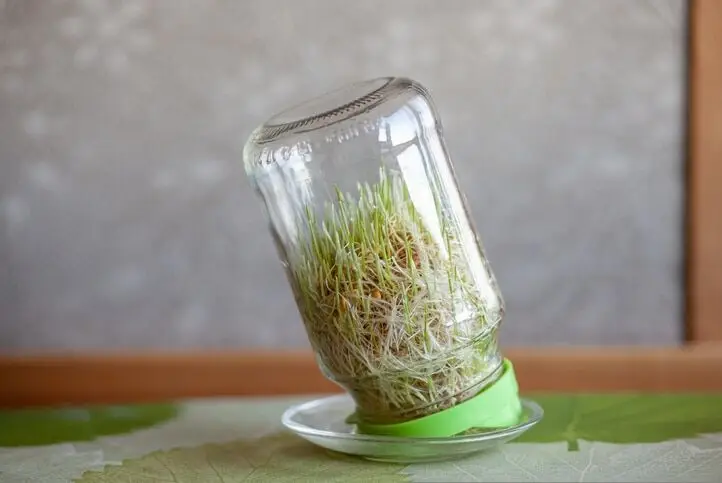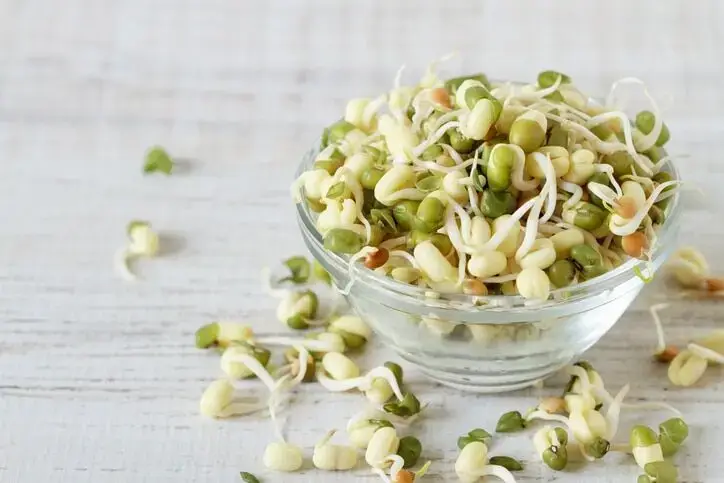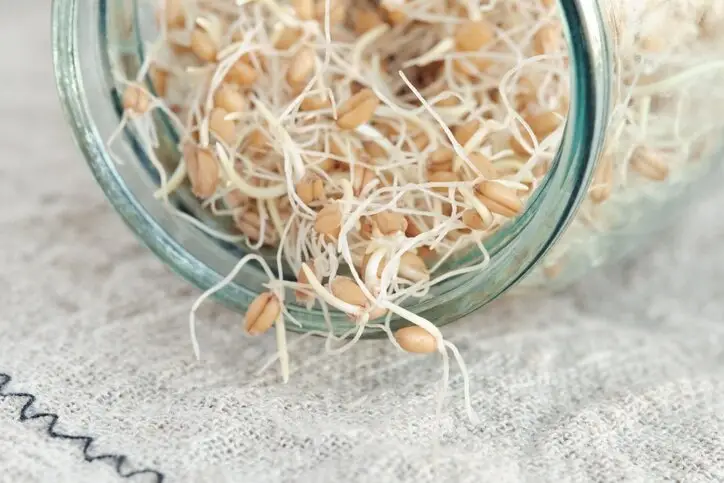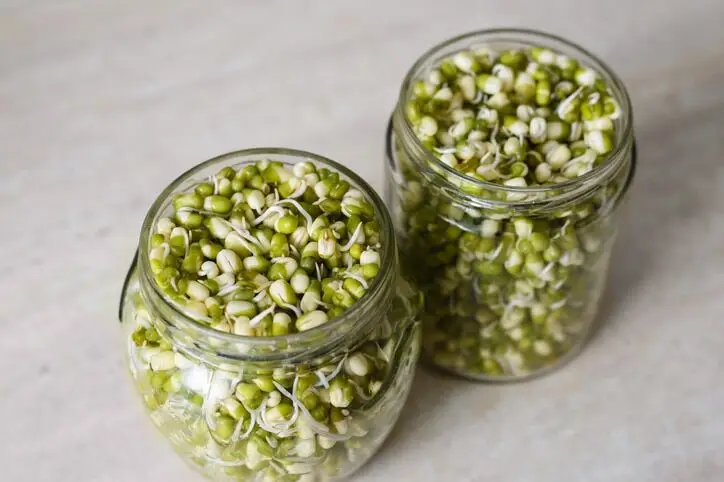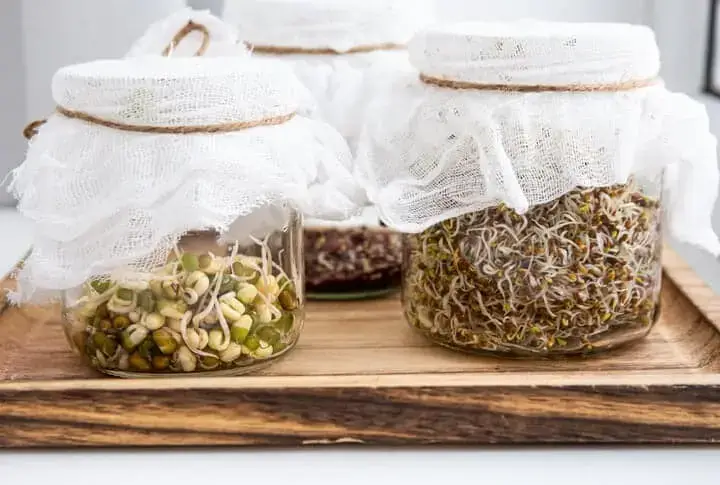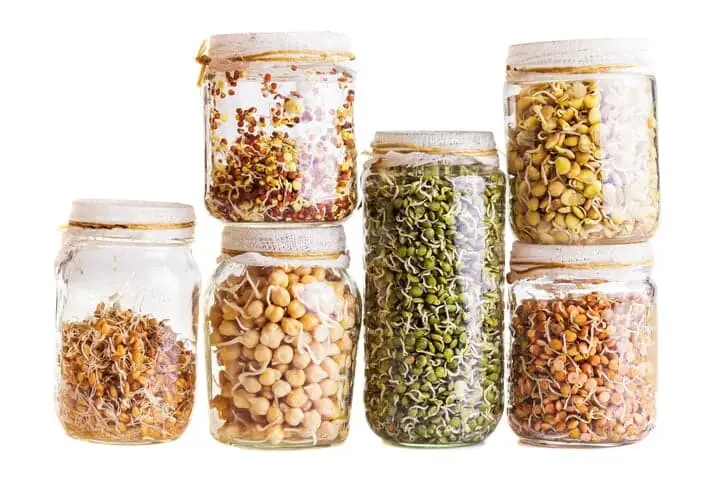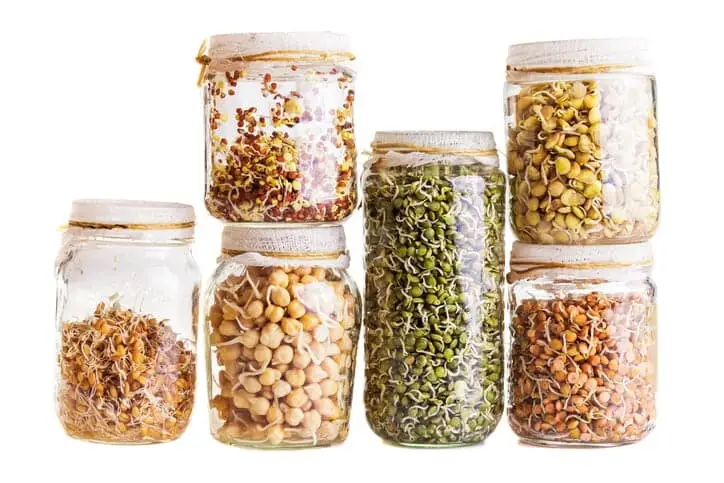Sprouting – a how to
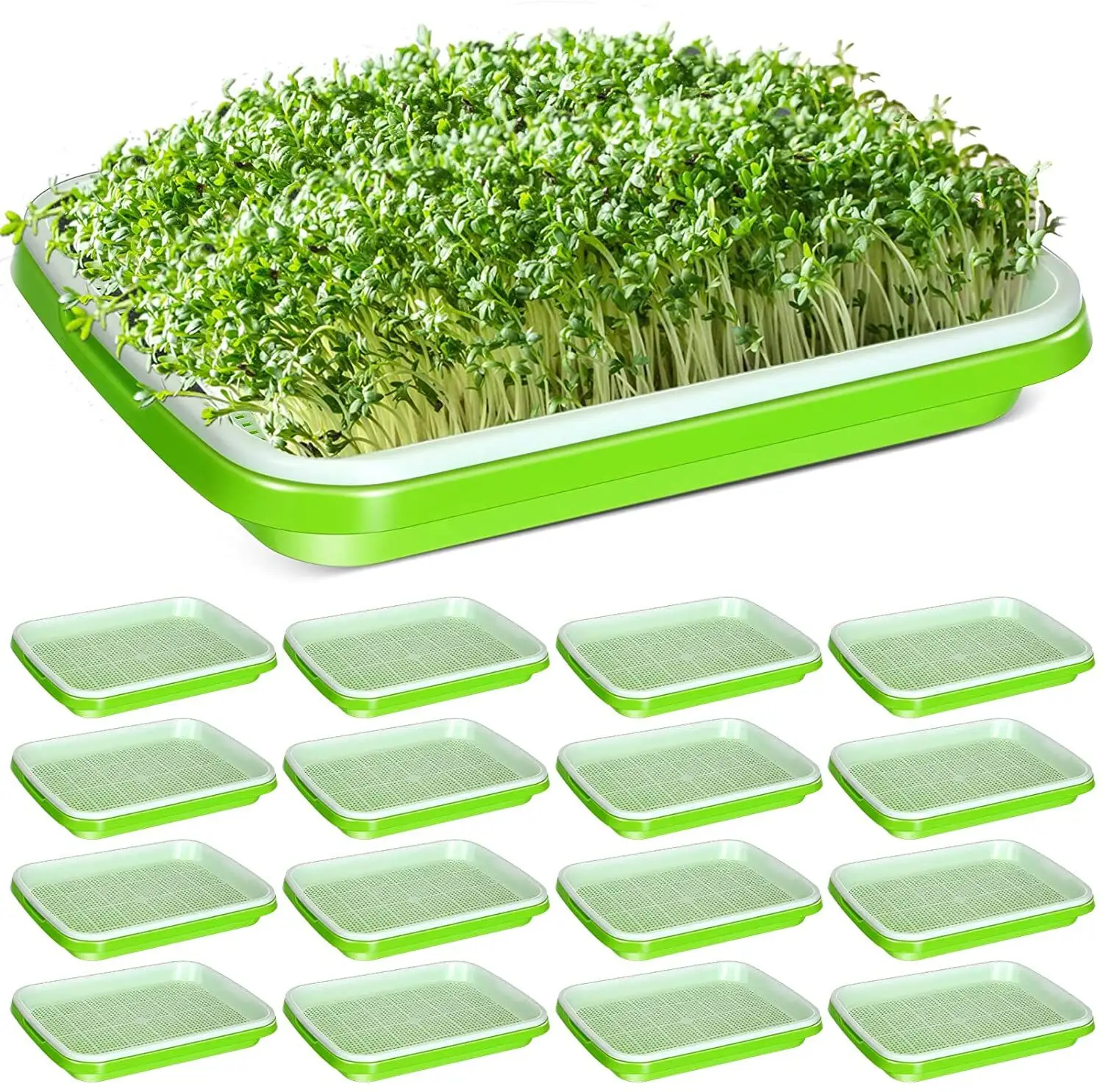
Sprouting is the process of germinating seeds and legumes to create a living, nutrient-dense food. Sprouts are a powerhouse of nutrition and have been used as a food source for centuries. Sprouting can be done at home, and it is a great way to add fresh produce to your diet. This article will provide an overview of the benefits of sprouting, the best sprouts to grow, common methods of sprouting, and any risks associated with sprouting.
Benefits of Sprouting
Sprouting is an excellent way to add fresh produce to your diet, and it has many benefits for your health. Here are some of the benefits of sprouting:
Increased nutrient content: Sprouts are packed with vitamins, minerals, and other nutrients that are essential for your health. During the sprouting process, the nutrient content of the seed or legume increases, making them more nutritious than their unsprouted counterparts.
Improved digestion: Sprouting makes the seeds and legumes easier to digest by breaking down the complex carbohydrates and proteins into simpler, more easily digestible forms. This can help improve digestion and prevent digestive issues like bloating, gas, and constipation.
Lowered risk of chronic diseases: Sprouts are rich in antioxidants, which help to protect your cells from damage caused by free radicals. This can lower your risk of chronic diseases like cancer, heart disease, and diabetes.
Increased energy: Sprouts are a good source of energy, and they can help to boost your energy levels and improve your overall vitality.
Best Sprouts to Grow
There are many different types of sprouts that you can grow at home, including:
Alfalfa sprouts: Alfalfa sprouts are one of the most popular types of sprouts. They are easy to grow and have a mild, slightly nutty flavor.
Broccoli sprouts: Broccoli sprouts are rich in sulforaphane, a compound that has been shown to have anti-cancer properties.
Radish sprouts: Radish sprouts have a spicy, peppery flavor and are a good source of vitamin C.
Lentil: Lentil sprouts are high in protein and fiber and are a good source of iron.
Mung bean sprouts: Mung bean sprouts are commonly used in Asian cuisine and are a good source of vitamin K.
Common Methods of Sprouting
There are several methods of sprouting, and each has its advantages and disadvantages. Here are some of the most common methods of sprouting:
Jar method: This is the simplest method of sprouting and involves using a glass jar with a mesh lid. The seeds or legumes are soaked in water for several hours, and then rinsed and drained several times a day until they sprout.
Sprouting trays: Sprouting trays are specially designed trays with multiple layers that allow you to sprout multiple types of seeds or legumes at the same time. They are easy to use and produce a large quantity of sprouts.
Hemp bags: Hemp bags are another popular method of sprouting. The seeds or legumes are soaked in water and then placed in the bag, which is then rinsed and drained several times a day until they sprout.
Risks Associated with Sprouting
While sprouting is generally safe, there are some risks associated with sprouting that you should be aware of:
- Bacterial contamination: Sprouts can be a breeding ground for bacteria like E. coli and salmonella, which can cause food poisoning. To reduce the risk of bacterial contamination, it is important to use clean equipment and to rinse and drain the sprouts regularly.
- Allergic reactions: Some people may be allergic to certain types of sprouts. If you have a known allergy to a specific type of seed or legume, it is important to avoid sprouting that particular type.
- Mold and fungal contamination: If the sprouting environment is too humid or not properly ventilated, mold and fungus can grow on the sprouts. This can cause illness, particularly in individuals with weakened immune systems.
- Seed quality: The quality of the seeds used for sprouting is important. If the seeds are contaminated with pesticides, herbicides, or other chemicals, these can be concentrated in the sprouts.
To reduce the risks associated with sprouting, it is important to use high-quality seeds, keep the sprouting environment clean and well-ventilated, and rinse and drain the sprouts regularly.
In conclusion, sprouting is an excellent way to add fresh produce to your diet and reap the many benefits of sprouts. With proper care and attention to hygiene, sprouting can be done safely and easily at home, providing a nutritious and delicious addition to your meals.


